Home>Furniture & Design>Outdoor Furniture>How To Open An Outdoor Breaker Box
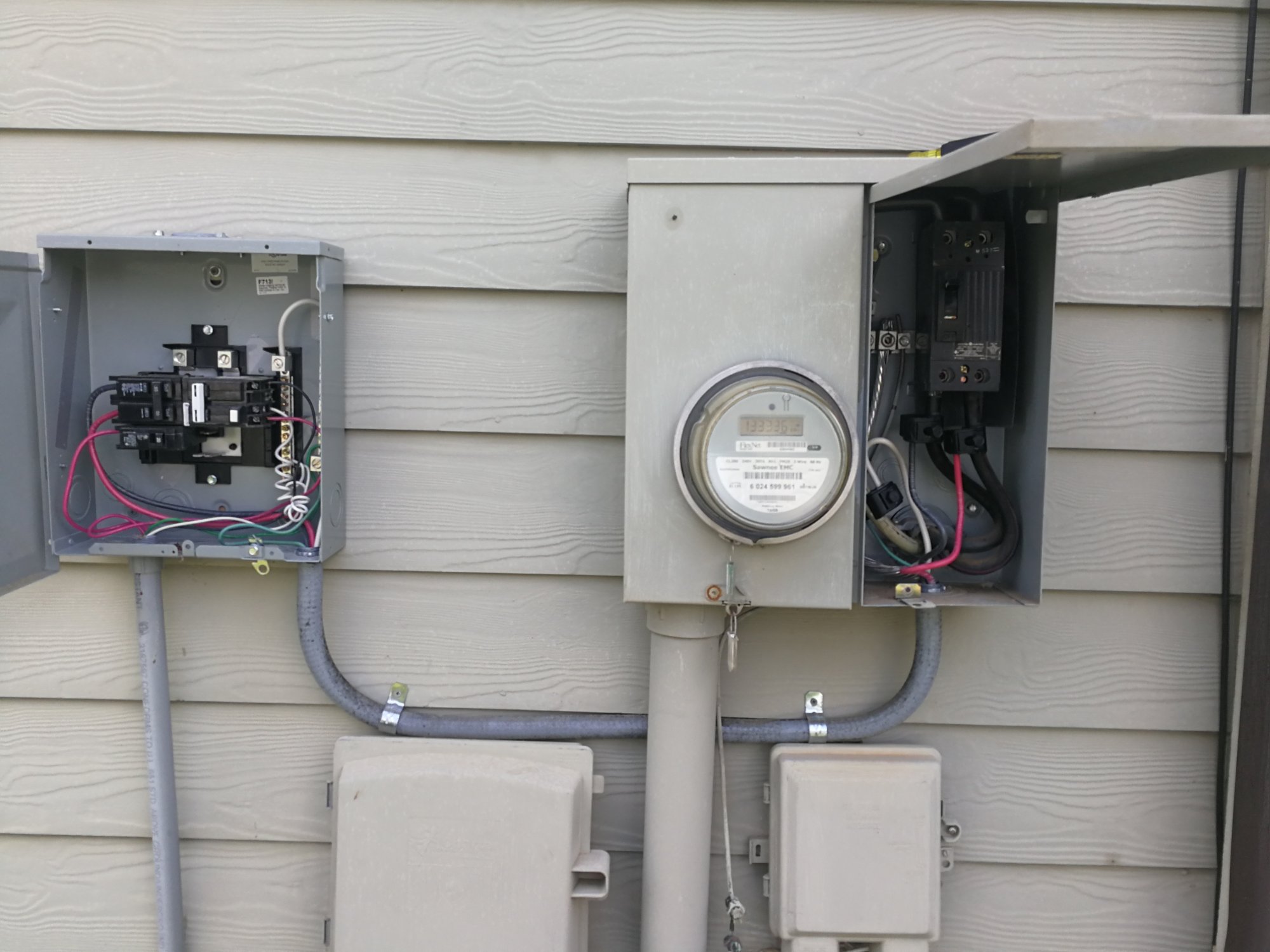

Outdoor Furniture
How To Open An Outdoor Breaker Box
Modified: May 6, 2024
Learn how to safely open an outdoor breaker box with our expert guide. Ensure the safety of your outdoor furniture and design with proper electrical maintenance.
(Many of the links in this article redirect to a specific reviewed product. Your purchase of these products through affiliate links helps to generate commission for Storables.com, at no extra cost. Learn more)
Introduction
Read more: How To Check Breakers In Breaker Box
Safety Precautions
Outdoor breaker boxes are essential components of any electrical system, providing a secure enclosure for circuit breakers and other electrical devices. Whether you are a homeowner or a professional electrician, understanding how to open an outdoor breaker box is a valuable skill. However, it is crucial to approach this task with the utmost caution and respect for safety protocols. In this comprehensive guide, we will walk you through the necessary steps to safely open an outdoor breaker box, highlighting the essential safety precautions and the tools required for the job.
Before embarking on this endeavor, it is imperative to prioritize safety above all else. Dealing with electrical components demands a meticulous approach and a keen awareness of potential hazards. By adhering to the recommended safety measures, you can mitigate the risks associated with handling electrical equipment and ensure a secure working environment.
In the following sections, we will delve into the specific safety precautions to observe when opening an outdoor breaker box, equipping you with the knowledge and awareness necessary to execute this task with confidence and security. Remember, safety should always be the top priority when working with electricity.
Read more: How To Check Breakers In Breaker Box
Safety Precautions
Before initiating any work on an outdoor breaker box, it is imperative to prioritize safety. Electricity poses inherent risks, and failure to observe proper precautions can lead to severe injuries or even fatalities. Here are the crucial safety measures to adhere to:
- Power Off: Prior to opening the breaker box, ensure that the main power supply is switched off to eliminate the risk of electric shock. This can be achieved by turning off the main circuit breaker at the electrical panel.
- Personal Protective Equipment (PPE): Always wear appropriate PPE, including insulated gloves, safety goggles, and non-conductive footwear, to protect yourself from potential electrical hazards.
- Environment Evaluation: Assess the surrounding environment for any potential risks, such as wet conditions or standing water, which can increase the likelihood of electrical accidents. Ensure that the work area is dry and free from any obstructions.
- Knowledge and Training: Only individuals with the requisite knowledge and training should attempt to open an outdoor breaker box. If you are not a qualified electrician, it is advisable to seek professional assistance.
- Tools Inspection: Prior to commencing work, inspect all tools and equipment to ensure they are in good condition and suitable for the task at hand. Avoid using damaged or unsuitable tools.
- One Hand Rule: When handling electrical components, adhere to the “one hand rule” by keeping one hand in your pocket or behind your back. This minimizes the risk of creating a path for electric current to flow through your body.
- Residual Current Device (RCD): If available, use a portable RCD or GFCI (Ground Fault Circuit Interrupter) to provide additional protection against electric shock.
- Proper Lighting: Ensure adequate lighting in the work area to facilitate clear visibility and minimize the likelihood of errors or accidents.
By meticulously observing these safety precautions, you can significantly reduce the inherent risks associated with working on an outdoor breaker box. Prioritizing safety not only safeguards your well-being but also ensures the successful completion of the task at hand.
Tools and Equipment Needed
Before proceeding to open an outdoor breaker box, it is essential to gather the requisite tools and equipment to facilitate the task effectively and safely. The following items are indispensable for this undertaking:
- Safety Gloves: Insulated rubber gloves are crucial for protecting your hands from potential electrical hazards. Ensure that the gloves are rated for the voltage levels present in the breaker box.
- Safety Goggles: Eye protection is paramount when working with electrical components. Safety goggles shield your eyes from debris and potential electrical arcs.
- Non-Conductive Footwear: Wear non-conductive, rubber-soled shoes to minimize the risk of electric shock from contact with the ground.
- Screwdrivers: Flathead and Phillips screwdrivers are essential for removing the cover and accessing the interior of the breaker box.
- Flashlight: A reliable flashlight or portable work light is necessary to illuminate the interior of the breaker box, especially if the lighting conditions are suboptimal.
- Lockout Tagout Kit: If available, utilize a lockout tagout kit to secure the main power supply and prevent accidental re-energization while working on the breaker box.
- Insulation Piercing Probe: This specialized tool allows for safe voltage testing without the need to strip the insulation from wires, enhancing efficiency and safety.
- Multimeter: A digital multimeter is invaluable for measuring voltage, current, and resistance, providing essential diagnostic capabilities when working with electrical systems.
- Insulation Displacement Connector (IDC) Tool: If encountering IDC connectors within the breaker box, this tool is indispensable for making secure and reliable connections without stripping insulation.
- Personal Protective Equipment (PPE): In addition to the aforementioned gloves and goggles, ensure that you are equipped with appropriate PPE, including a long-sleeved shirt and long pants made of non-conductive material.
By assembling these tools and equipment, you can approach the task of opening an outdoor breaker box with confidence and preparedness. Always prioritize safety and ensure that all tools are in good working condition before commencing the work.
Steps to Open an Outdoor Breaker Box
Opening an outdoor breaker box requires a systematic approach and meticulous attention to safety and procedural guidelines. By following these step-by-step instructions, you can effectively and safely access the interior of the breaker box:
- Power Off: Begin by ensuring that the main power supply to the breaker box is switched off. Locate the main circuit breaker at the electrical panel and turn it to the “off” position to de-energize the system.
- Visual Inspection: Conduct a visual inspection of the outdoor breaker box to identify any signs of damage, corrosion, or pest intrusion. Ensure that the surrounding area is clear of debris and potential hazards.
- Prepare Work Area: Clear any obstructions around the breaker box and create a safe and accessible workspace. Ensure that there are no impediments that could hinder your ability to work effectively.
- Put on PPE: Prior to proceeding, don the necessary personal protective equipment, including insulated gloves, safety goggles, and non-conductive footwear, to safeguard yourself from potential electrical hazards.
- Remove Fasteners: Using the appropriate screwdriver, carefully remove the fasteners securing the cover of the outdoor breaker box. Place the screws in a secure location to prevent misplacement.
- Set Aside the Cover: Gently lift and set aside the cover of the breaker box, taking care not to strain or damage any attached wires or components. Place the cover in a safe location to prevent accidental tripping or damage.
- Inspect the Interior: With the cover removed, visually inspect the interior of the breaker box for any signs of wear, damage, or loose connections. Exercise caution and avoid touching any exposed wires or terminals.
- Proceed with Caution: If your objective involves making adjustments or conducting maintenance within the breaker box, do so meticulously and methodically. Always adhere to established electrical protocols and standards.
- Utilize Proper Tools: When working within the breaker box, use insulated tools and equipment designed for electrical applications. Avoid using metallic or conductive tools that can pose a risk of short circuits or electrical shock.
- Complete the Task: Upon completing the necessary work within the breaker box, carefully retrace your steps to ensure that all connections are secure and components are in their proper positions.
By following these steps conscientiously, you can safely open an outdoor breaker box and carry out the required tasks with precision and confidence. Always prioritize safety and meticulous attention to detail throughout the process.
Before opening an outdoor breaker box, make sure to turn off the main power switch to ensure safety. Use insulated tools and wear rubber gloves to protect yourself from electric shock.
Closing the Breaker Box
Once the necessary tasks within the outdoor breaker box have been completed, it is essential to proceed with the proper procedures for closing and securing the box. This phase of the process is critical for ensuring the safety and integrity of the electrical system. Follow these guidelines to effectively close the breaker box:
- Inspect the Interior: Before replacing the cover, conduct a thorough inspection of the interior of the breaker box to verify that all components and connections are in their correct positions and that there are no loose wires or hazards.
- Secure Components: If any adjustments or maintenance were performed within the breaker box, ensure that all components, terminals, and wires are properly secured and that any necessary fastenings or restraints are in place.
- Clean the Cover: Wipe the cover of the breaker box to remove any debris, dust, or contaminants that may have accumulated during the opening process. This ensures a clean and secure seal when the cover is replaced.
- Position the Cover: Carefully position the cover over the breaker box, aligning it with the corresponding fastening points. Avoid forcing the cover into place, as this can lead to damage or misalignment.
- Secure the Cover: Using the appropriate screwdriver, reattach the fasteners to secure the cover in place. Ensure that the screws are tightened evenly to maintain a secure and uniform seal around the perimeter of the box.
- Verify Tightness: Double-check the tightness of the fasteners to confirm that the cover is firmly and securely attached to the breaker box. This minimizes the risk of accidental dislodgment or exposure of internal components.
- Restore Power: Once the cover is securely in place, proceed to restore power to the outdoor breaker box by turning the main circuit breaker to the “on” position at the electrical panel. Verify that the system is functioning as intended.
- Final Inspection: Conduct a final visual inspection of the closed breaker box and its immediate surroundings to ensure that all tools and equipment have been removed, and the work area is clear of any potential hazards.
By diligently following these steps, you can effectively close the outdoor breaker box, ensuring the safety and functionality of the electrical system. Remember to exercise caution and precision throughout the process, prioritizing safety and adherence to established electrical protocols.
Conclusion
Mastering the process of opening and closing an outdoor breaker box is a valuable skill that demands a meticulous approach, unwavering attention to safety, and a comprehensive understanding of electrical systems. By adhering to the outlined safety precautions, equipping yourself with the necessary tools, and following the systematic steps for accessing and securing the breaker box, you can navigate this task with confidence and proficiency.
It is crucial to emphasize that working on electrical components, including breaker boxes, should be approached with the utmost respect for safety protocols and industry standards. Whether you are a homeowner performing routine maintenance or a professional electrician conducting intricate repairs, the safety of yourself and others should always remain the top priority.
Furthermore, seeking professional assistance or guidance when encountering unfamiliar or complex electrical systems is always a prudent decision. Never hesitate to consult with qualified experts to ensure the safe and effective management of electrical tasks.
By integrating the knowledge and insights presented in this guide, you are better equipped to approach the process of opening and closing an outdoor breaker box with confidence, competence, and a steadfast commitment to safety. Remember, electrical work demands precision, caution, and a continuous dedication to upholding the highest safety standards.
As you continue to expand your understanding of electrical systems and maintenance practices, always prioritize safety, seek ongoing education, and remain vigilant in your commitment to excellence.
Now that you've mastered opening your outdoor breaker box, why stop there? Keeping your home in top shape requires regular upkeep. Dive into our guide on what every homeowner should keep on their radar for effective property maintenance. We cover essential tasks that'll keep your living space looking sharp and functioning smoothly, ensuring you stay ahead of any potential issues.
Frequently Asked Questions about How To Open An Outdoor Breaker Box
Was this page helpful?
At Storables.com, we guarantee accurate and reliable information. Our content, validated by Expert Board Contributors, is crafted following stringent Editorial Policies. We're committed to providing you with well-researched, expert-backed insights for all your informational needs.
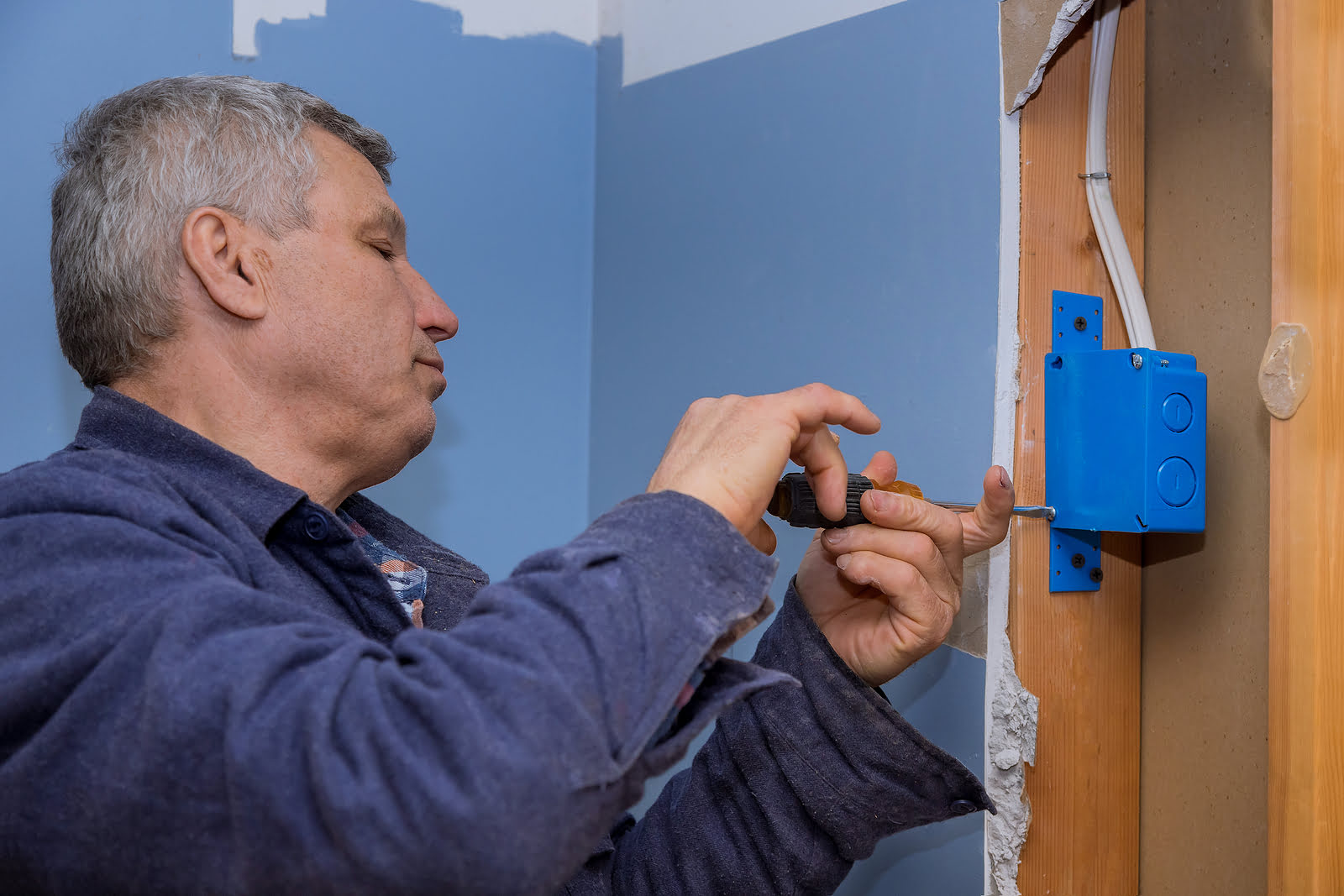

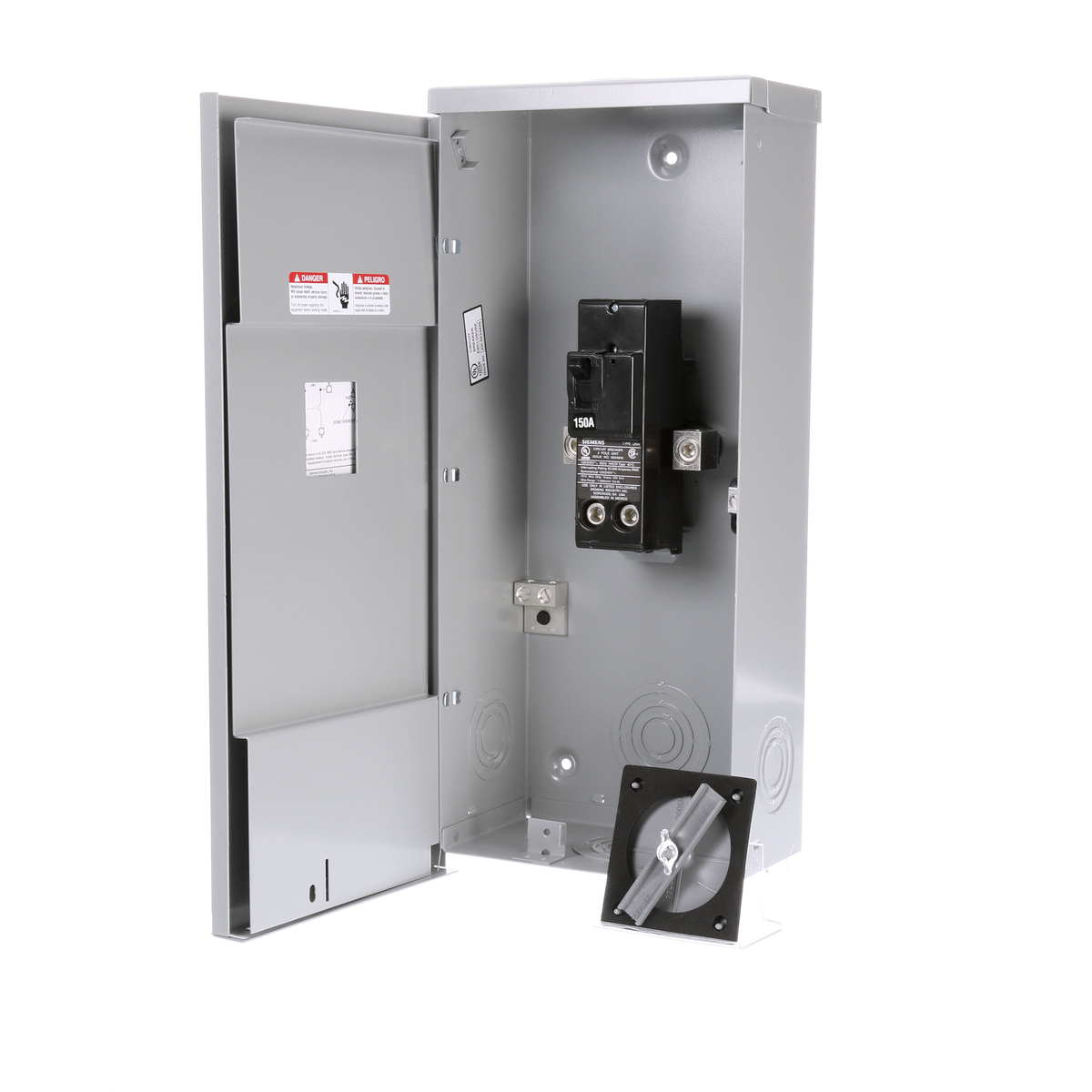
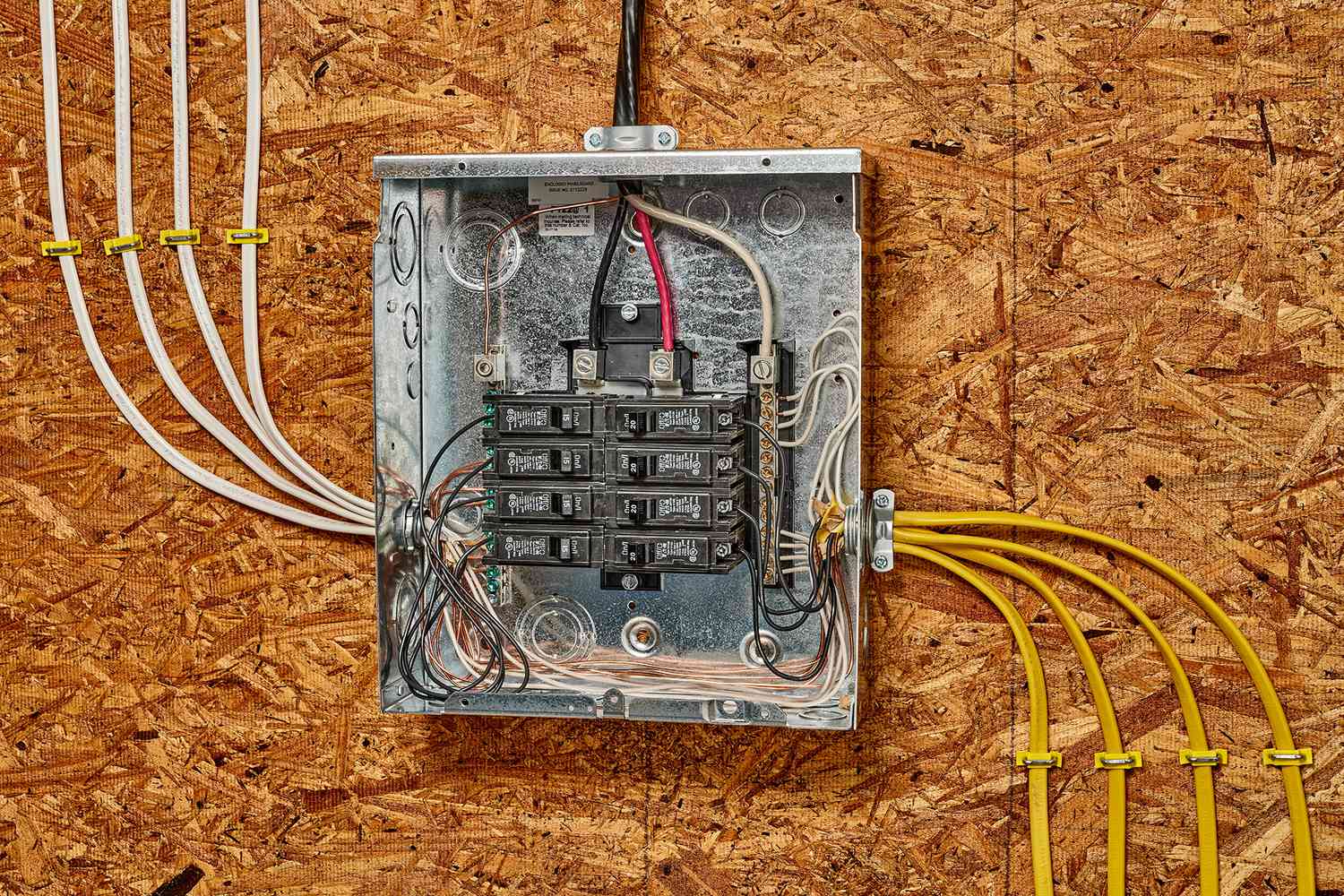
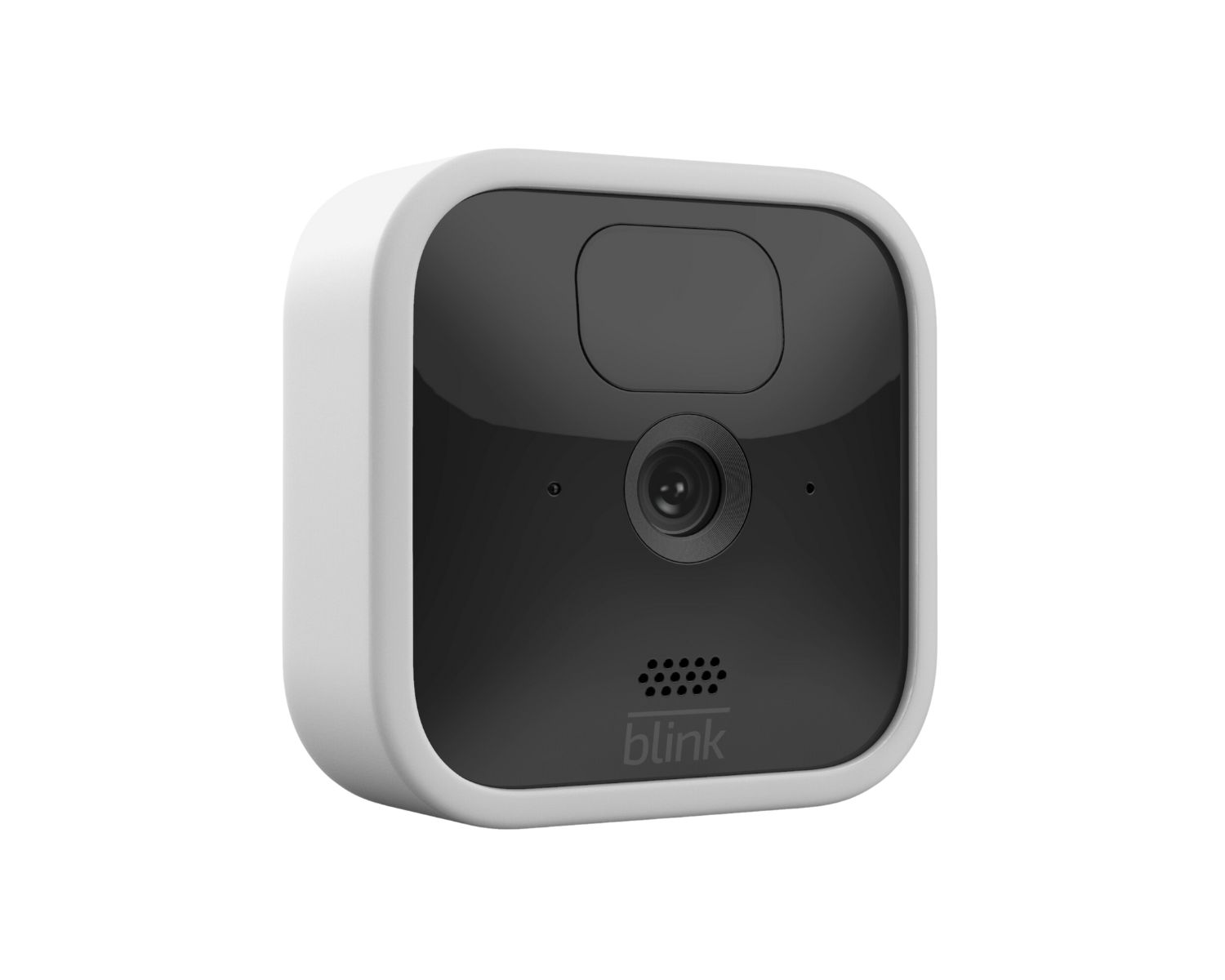
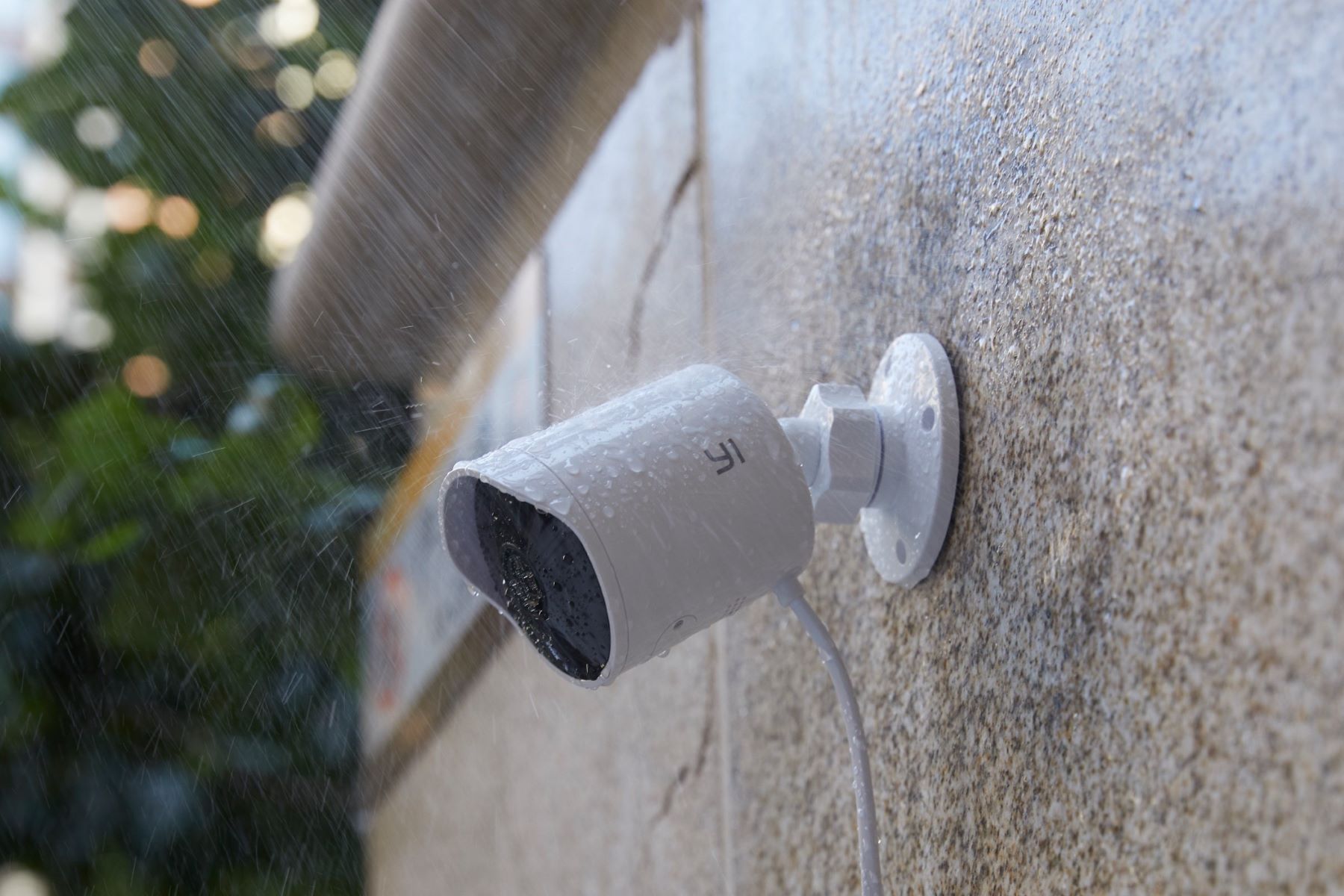
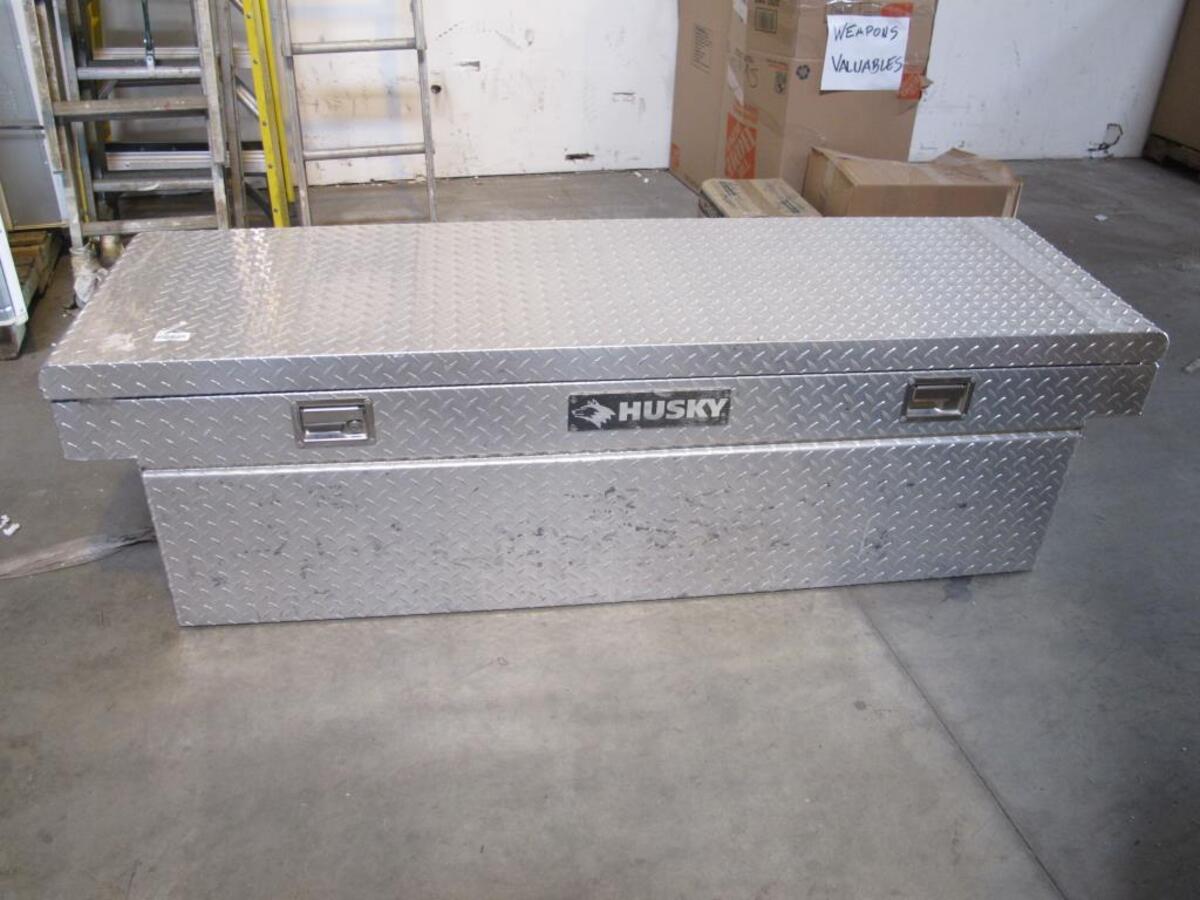
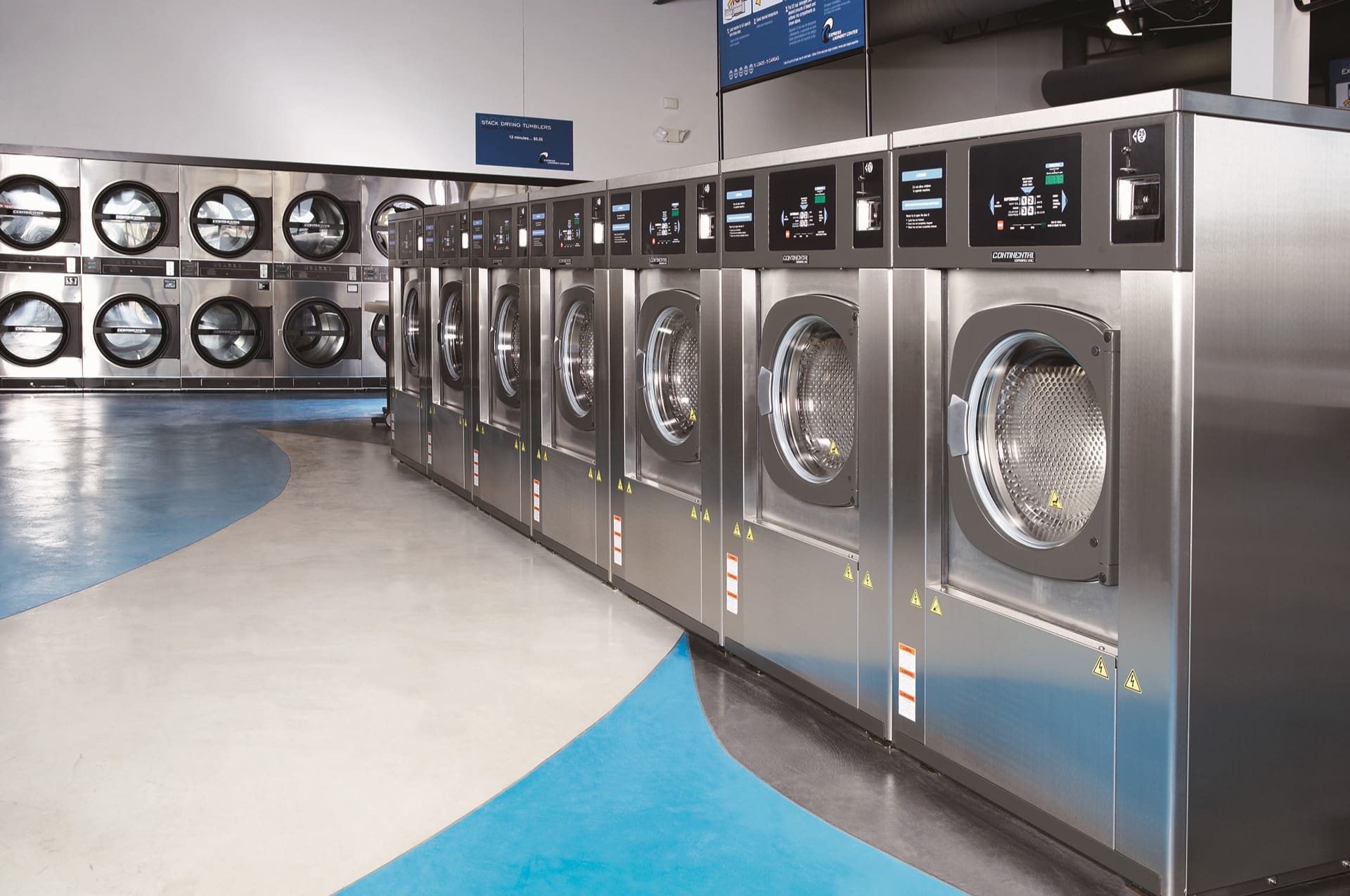
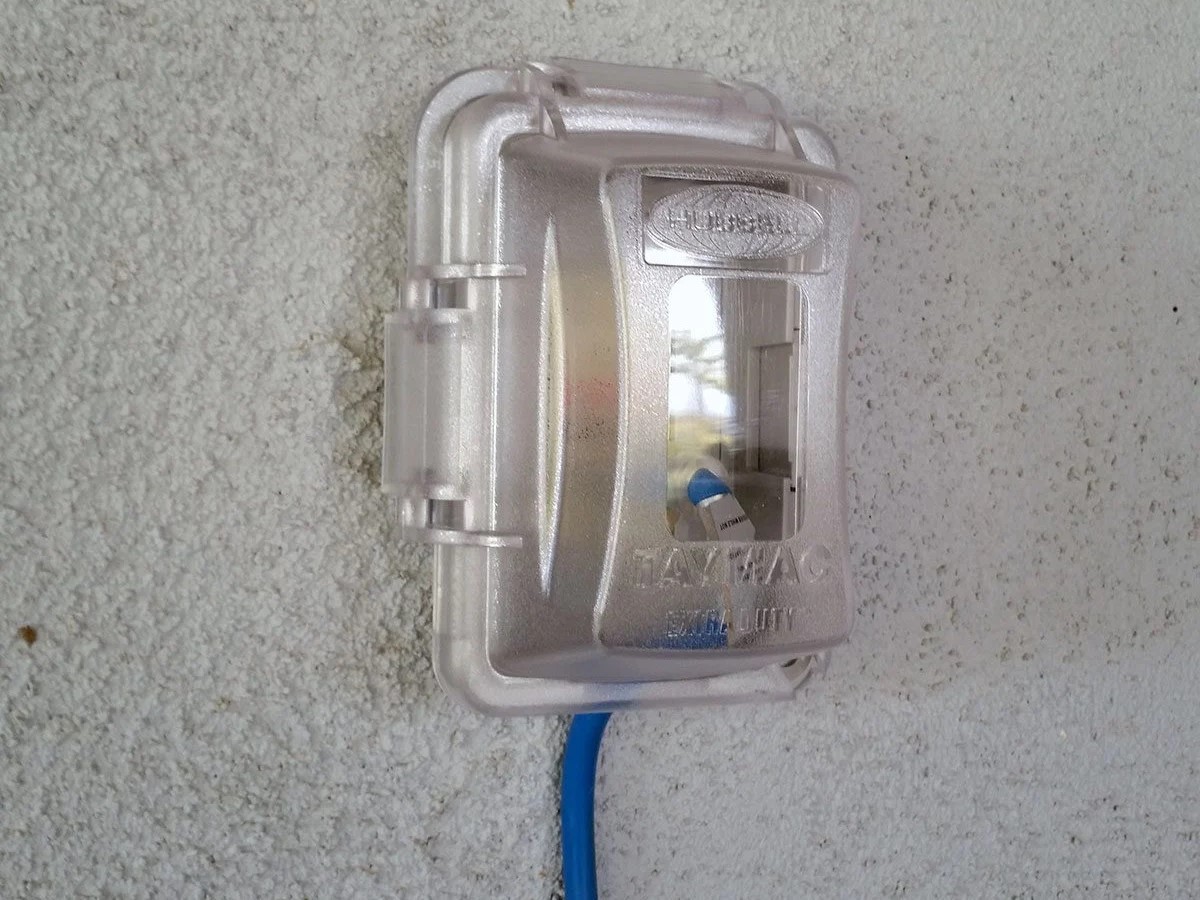
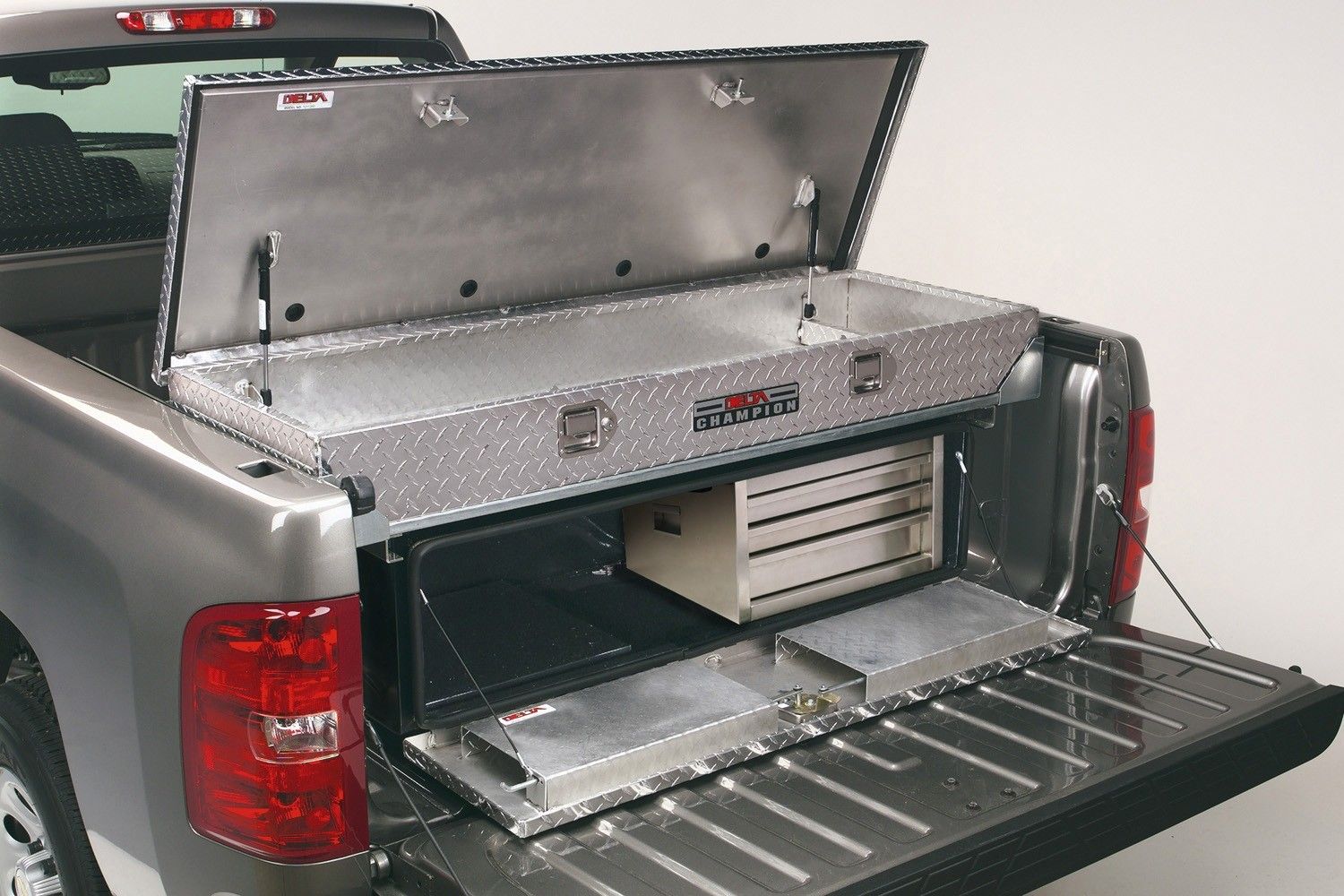
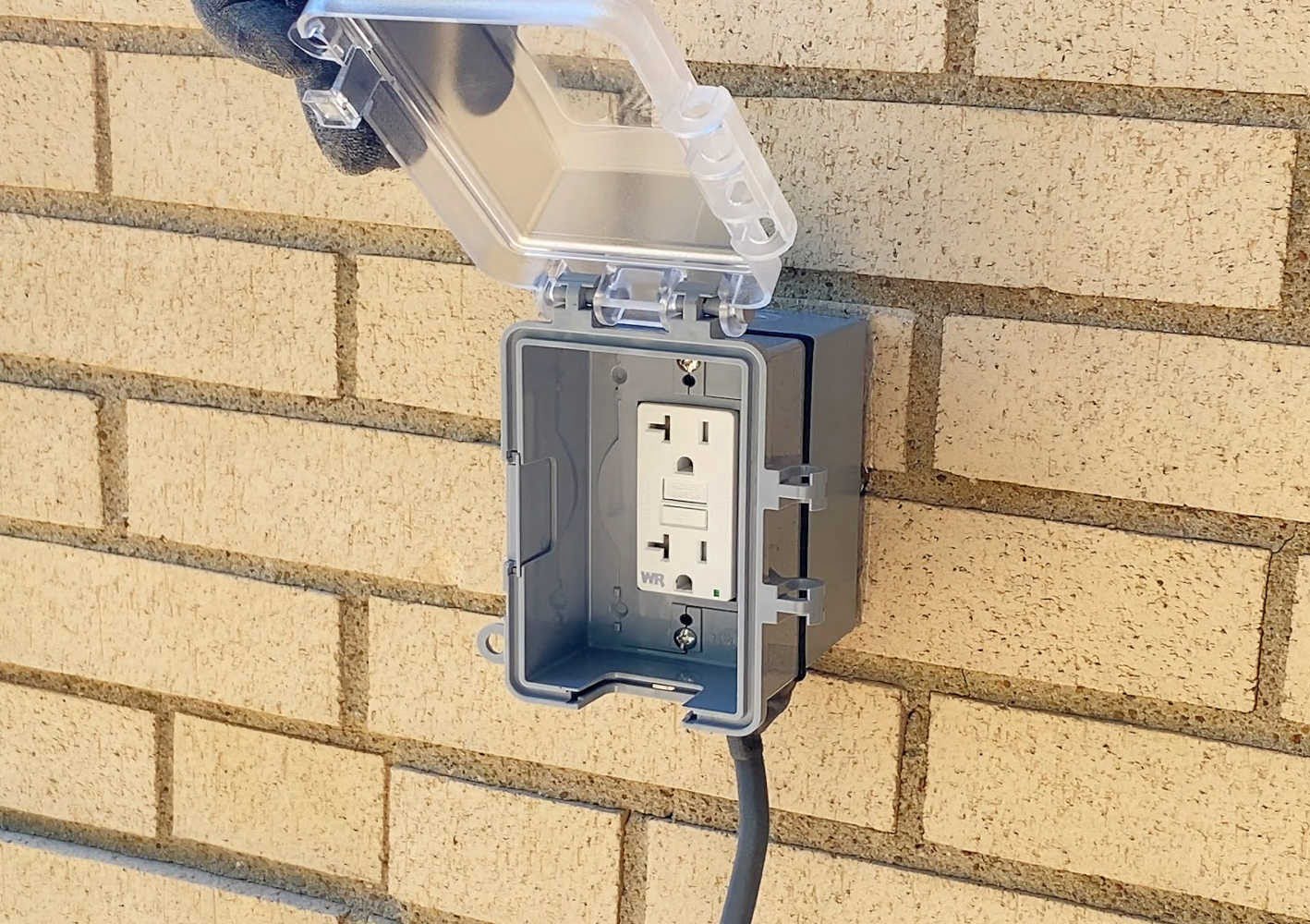
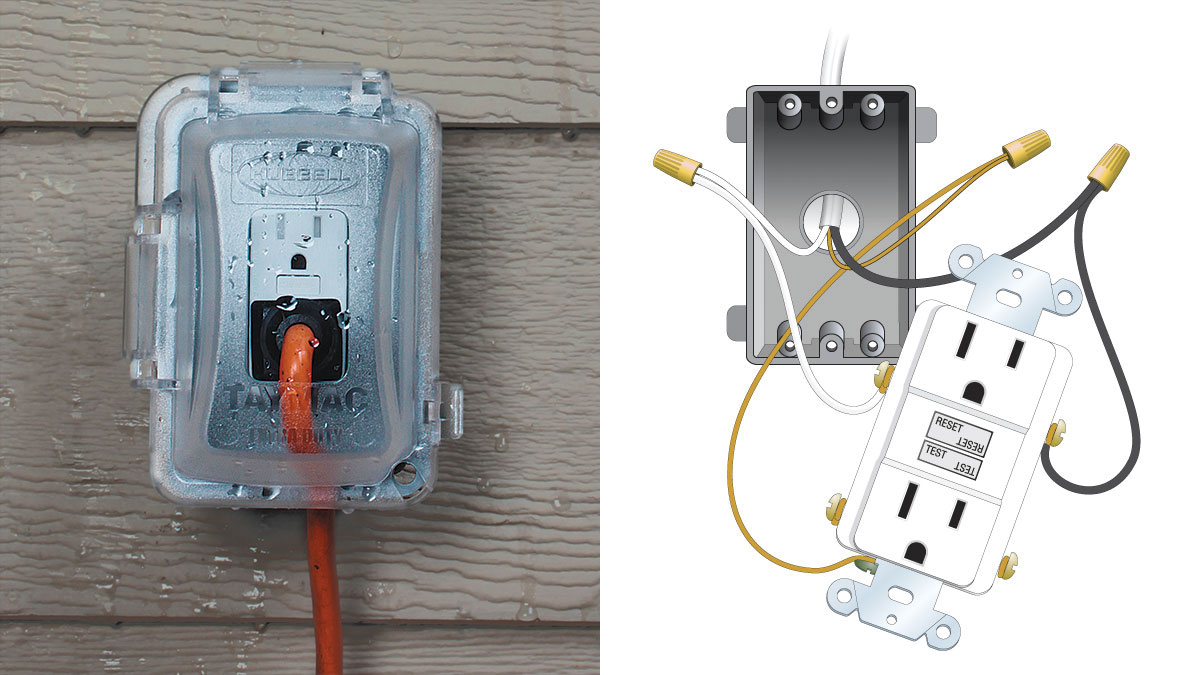
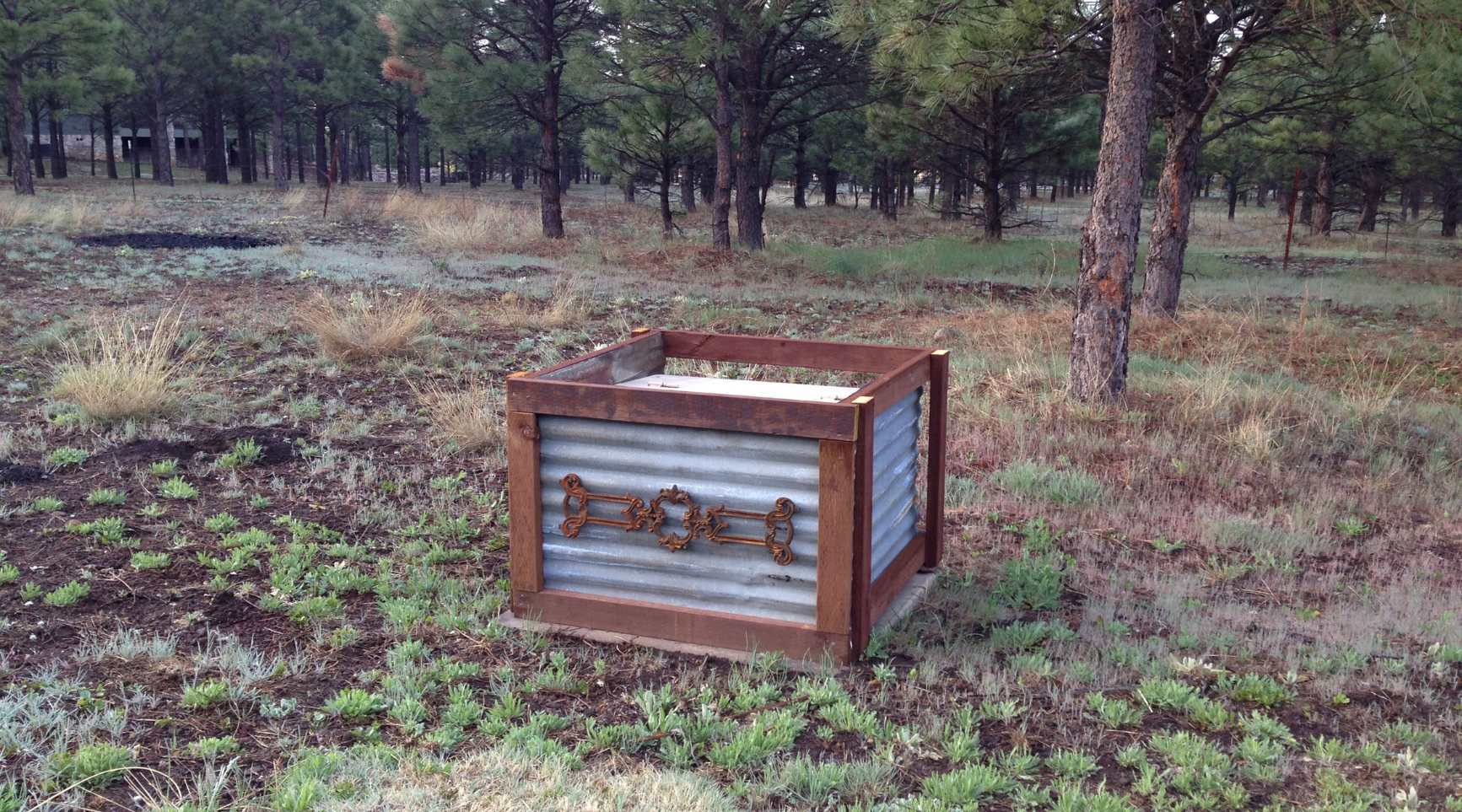
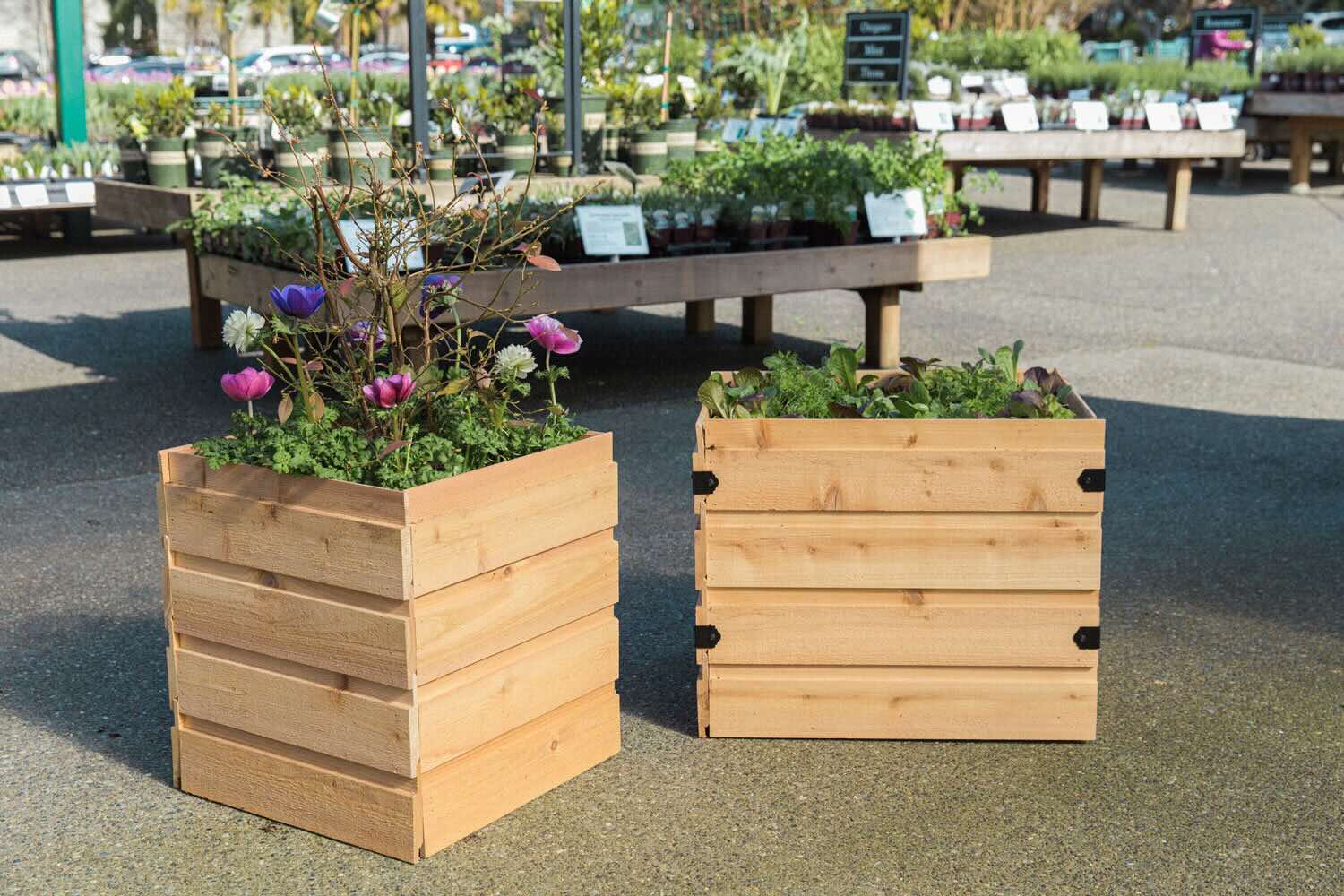

0 thoughts on “How To Open An Outdoor Breaker Box”